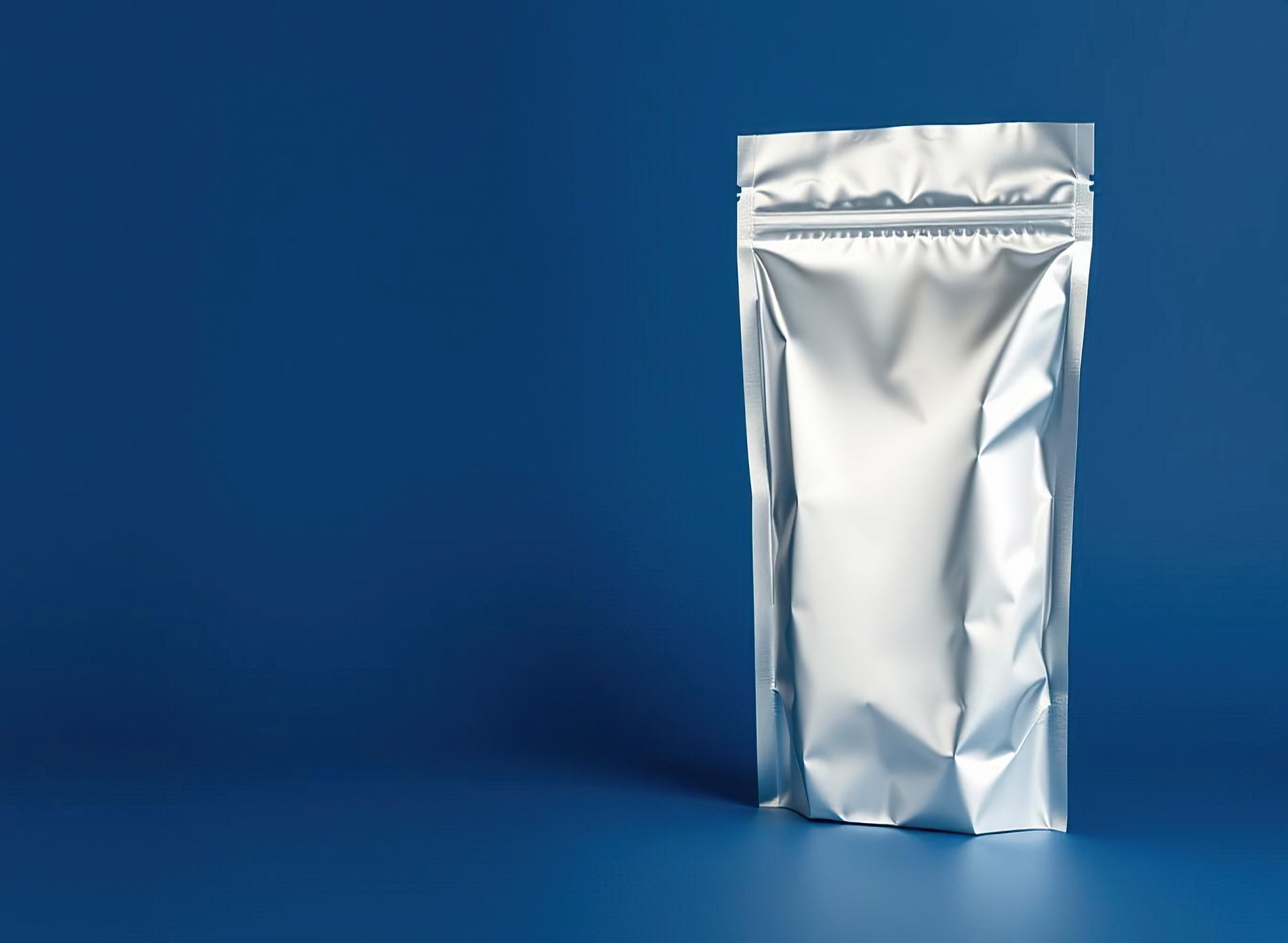Packaging and delivering perishables is a very delicate process because the product has to reach the consumer in the best state possible. First of all, if the goods get to the consumer spoiled or contaminated, they could cause harm if ingested. In a case where it is not even ingested, it could become bad PR for the business or a very expensive lawsuit.
Thankfully, there are packaging solutions to ensure that certain food items are stored in a condition where they are 100% safe from spoilage or contamination till they reach the consumer. One of those solutions is vacuum sealing and it is a popular trick for fresh food preservation.
What is Vacuum Sealing
Food storage needs to be handled with utmost care because something as basic as oxygen can make food spoil fast. This is why solutions like vacuum sealing were developed. Essentially, vacuum sealing involves removing the air in a package and sealing it with an airtight lock to block all air pathways.
Vacuum sealing is one of the storage innovations that has helped to cut down food wastage. With a vacuum-sealed bag, food products have a longer shelf life because they are no longer exposed to organisms that will speed up spoilage. Whether they are vegetables, snacks, or proteins, they can be stored in vacuum-sealed bags to stay fresh for a prolonged period.
The Science Behind Vacuum Sealed Packaging
Whether you are using a machine or not, at the end of your vacuum sealing process, the bag should not have room for any oxygen and must be tightly sealed to ensure air doesn’t re-enter. Right from the sealing process, the entire idea of vacuum-sealed packages comes from applying scientific rules.
The vacuum sealing process removes all the air from the bag, and the seal makes sure it stays oxygen-free till the consumer opens it. Air removal from the bag is to prevent the chemical reaction between oxygen and food compounds from taking place. If this reaction is left to take place, there would be aerobic bacteria, mold and yeast develop on the food item. Similarly, oxidation would drain the product of its flavor, colors, and nutrients.
However, with a well-sealed bag, there is no air for oxidation and no oxygen to act on the food compounds to aid spoilage. In addition, an airtight seal helps to slow down continuous diffusion and extends the product’s shelf life.
Benefits of Using Vacuum Sealed Packaging Solutions
The benefits of using a vacuum-sealed pack to store your products can be summed up by the extended shelf life it gives. In situations where food should go bad, with the help of vacuum seals, they are able to retain their flavor, nutrients, and scent. The effects of this extended shelf life bring different advantages to different people.
- Consumers: A lot of food wastage can be prevented when people can get the food to stay fresh for longer using vacuum-sealed packages. Instead of having to make short-term food purchases, bulk purchasing is not possible to save costs where the food can be sealed in tight bags for preservation. Furthermore, meal planning is a lot easier when you don’t have to worry about your food losing its original taste because of poor storage conditions.
- Producers: Products can stay on shelves for longer till customers purchase them before losing their original value. Also, business owners can guarantee the quality of their products because they are stored in airtight bags and protected from external contamination.
In retail, you would frequently see products like deli meats, seafood, and cheese in vacuum-sealed packages to extend their display times. E-commerce food businesses and online food services also use vacuum-sealed packages to deliver packages to buyers. The vacuum seal ensures that the package is neatly wrapped and stays in shape throughout the process of transportation while also preserving its quality by preventing spoilage.
Conclusion on Vacuum Sealing for Preservation
Vacuum sealing is one of the packaging solutions that make food preservation easier than it used to be. With the extended shelf life, businesses get to make more profit, and consumers can reduce food wastage and plan meals better. Once the product is sealed and stored under the right storage conditions, it will retain its quality for a prolonged time, adding value to both the business and the consumer.



















